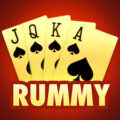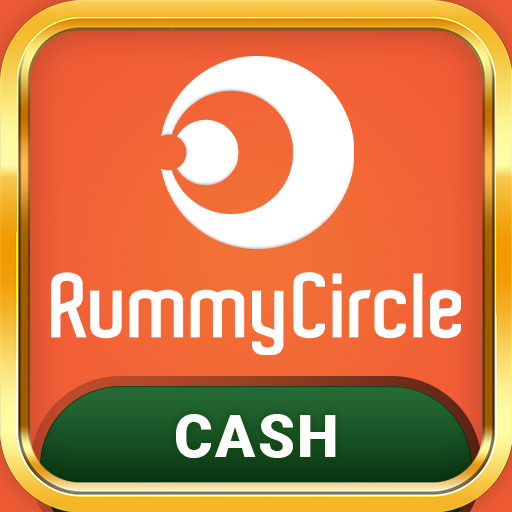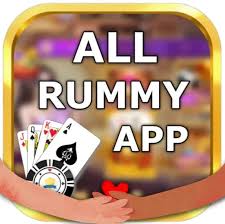Rummy 13 Cards Rules: A Comprehensive Guide
13-card rummy is a classic game that combines skill and strategy, popular across India and enjoyed by players of all ages. In this version of rummy, players aim to form sequences and sets with the 13 cards dealt to them. Here’s an in-depth look at the rules, terms, and winning strategies for 13-card rummy. Also Download Happy Teen Patti

—
Objective of 13-Card Rummy
The primary goal in 13-card rummy is to arrange all your cards into valid sequences and sets. To make a valid declaration and win, a player must:
1. Form at least two sequences, with one being a pure sequence (without a joker).
2. Arrange the remaining cards into sequences or sets to complete a valid hand.
A player who meets these criteria first can declare and win the game.
—
Key Terms in 13-Card Rummy
1. Sequence: A group of three or more consecutive cards of the same suit.
Pure Sequence: A sequence with no joker. To win, you must have at least one pure sequence.
Impure Sequence: A sequence that includes a joker, such as 5♦-6♦-Joker.
2. Set: A combination of three or four cards of the same rank but different suits. For example, 7♠-7♥-7♦ forms a valid set.
3. Joker:
Printed Joker: A card with a joker symbol that can substitute for any other card.
Wild Joker: A randomly selected card at the start of the game that acts as a joker for that round.
—
Rules of 13-Card Rummy
1. Players and Decks
Number of Players: 13-card rummy can be played by 2 to 6 players.
Deck: Two standard decks of 52 cards are used, plus one printed joker per deck.
2. Dealing
Each player is dealt 13 cards.
The remaining cards are placed in a draw pile, with one card face-up to start the discard pile.
A card from the deck is also turned face-up to serve as the wild joker for that game.
3. Playing the Game
Turns: Players take turns to draw and discard cards, aiming to create sequences and sets.
Draw: A player may draw from either the top of the draw pile or the discard pile.
Discard: After drawing, the player must discard one card, keeping 13 cards in hand.
4. Sequences and Sets
Mandatory Sequences: A player needs at least two sequences, one of which must be pure.
Valid Sets: After forming the required sequences, remaining cards may be grouped as sets or additional sequences.
5. Use of Jokers
Jokers can be used to substitute for missing cards in sequences or sets.
Pure Sequence Exception: The pure sequence must be made without any joker.
Wild Joker: Each game has a unique wild joker that acts like a joker for that round.
6. Declaring
Once a player has arranged all 13 cards into valid sequences and/or sets, they can declare their hand to end the game.
Verification: Other players review the declared hand to ensure it includes the required pure sequence and meets the other rules for a valid hand.
—
Scoring System
Valid Declaration: The winner scores zero points, while other players accumulate penalty points based on unmatched cards.
Invalid Declaration: A false declaration results in a maximum penalty of 80 points.
Points for Cards:
Face cards (King, Queen, Jack, and Ace) each have 10 points.
Numbered cards carry points equal to their face value (e.g., 5♥ = 5 points).
Penalties
First Drop: Players who drop out at the start incur a 20-point penalty.
Middle Drop: Dropping after a turn has started incurs a 40-point penalty.
—
Winning Strategies for 13-Card Rummy
1. Prioritize the Pure Sequence: Forming a pure sequence should be your first focus, as it’s essential for a valid declaration.
2. Use Jokers Wisely: Save jokers for sequences or sets other than the pure sequence.
3. Discard High-Point Cards Early: To minimize your score if another player declares, get rid of high-value cards unless they’re part of a sequence.
4. Observe Opponents: Watching the cards they draw or discard can give clues about the cards they’re forming, helping you make better decisions.
—
Conclusion
13-card rummy is a skill-based game that’s easy to learn but challenging to master. By understanding the rules and following a few strategies, you can improve your game and enjoy it even more. Whether you’re a casual player or a competitive one, 13-card rummy offers a blend of excitement and strategy that makes it truly enjoyable. Also Download Teen Patti Fun























